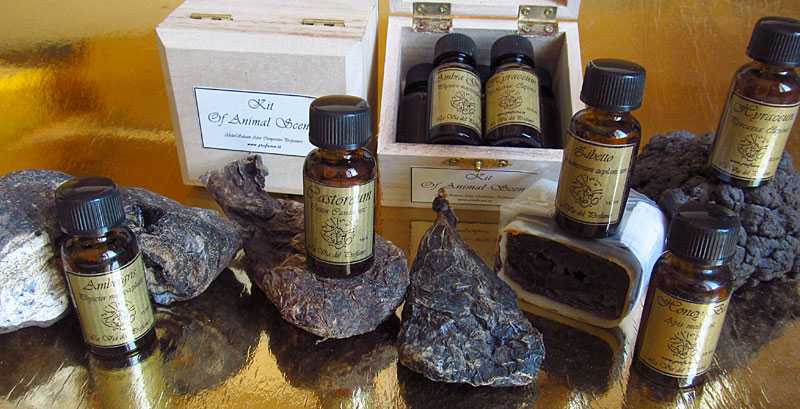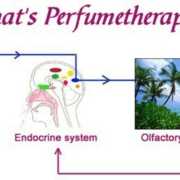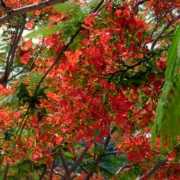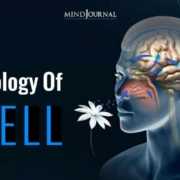Perfumery Seminar Fourth day

The first part of today’s program was to discover the Kit of Animal Scents.
Which role they have in perfumery and which effect they have on people. Tri-dimensional perfumes and pheromones.
We tinctured muskrat glands and discovered the stupefying smell of the fresh tincture.

We then used the animal tinctures of the kit of animal scents to see how they would change the custom perfumes that we have bottled yesterday.

We bottled the perfume that we have done for the customer who has a perfumery in the nearby city of Riccione
At the end of the day, we spent our time comparing commercial essences brought by the students with the ones we are using, learning to understand the quality.



























My personal fragrance adventures and another day of possibilities…
So far it has been a very mind broadening experience of all the different animalic and vegetal essences. Our class challenges have included how to combine these, as well as appreciating the different formulations of the same compounds smell. Funny how a single drop can totally change the composition.
On a personal note, I have an internal debate between the merits of aromatherapy vs science and rationale of medicine — while these two fields may seem diagonally opposite, they can appear collaborative when limits and benefits of both fields can be appreciated. An example cited was that of a person with tactile hallucinations (formication; sensation of insects crawling under the skin) who benefitted from both medicines as well as self administration of lavender spray — her condition improved dramatically and with minimal side effects.
My own project today was to create my own version of Capri — for some reason, oakmoss played a significant role despite the original thought of flowers and marine playing a primary role. However, by using indigenous ingredients, Salaam was able to steer me towards my version of Capri scent, which was composed of oakmoss, opopanox, and tuberose… It is a very powerful scent (Tarzan scent, according to Salaam!)
I took a leap of faith coming here, no idea what to expect, having second thoughts. It turns out there’s a friendly wise man here in the hills of Emilia-Romagna, waiting for us with important lessons to impart.
Today we were sampling diverse animalics and other rarities, like vintage wild oud oils, some of them long-forgotten, some of them so rare as to be sampled a few times in a life time, and the effect their alchemy works on plant materials. Some, like hyraceum need tens of thousands of years to form, the others like fossilized amber retain their odrant properties for millions of years and tinctured possess perfume-like qualities. Vintage deer musk and ambergris in aged Mysore sandalwood. Comparing very old wild oud from Laos with commercial ones from one of the famed companies which add perfumes to make oils more appealing.
Scent of muskrat in it’s raw form reminds one of delicious Itakian grana padano cheese, but which, when tinctured reveals its unexpected mellow sweet floral musk of human skin.
Some oils like bergamot have limited availability and get frequently adulterated or substitued with others. Out of 3000 tons of bergamot essential oil marketed every year, only 100 tons are produced annualy.
It’s late now, past midnight, I’m walking in the hidden fragrant garden and scents pass me by of oleanders and pines, cypresses and roses, lavender, broom and the queen presiding, soft and intoxicating jasmine. Transported by bliss, remade from spirit. And then I think, this is exactly what our perfumery class feels like.